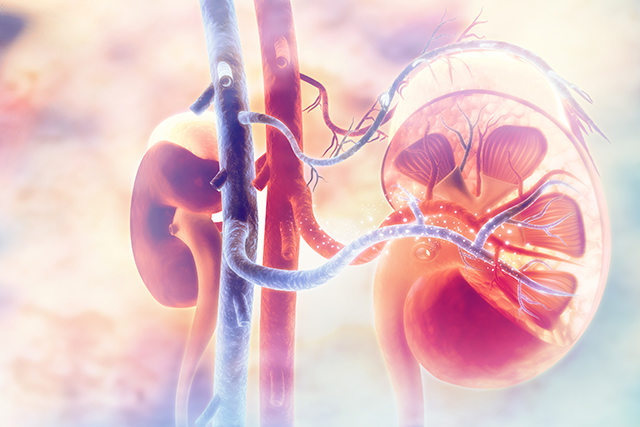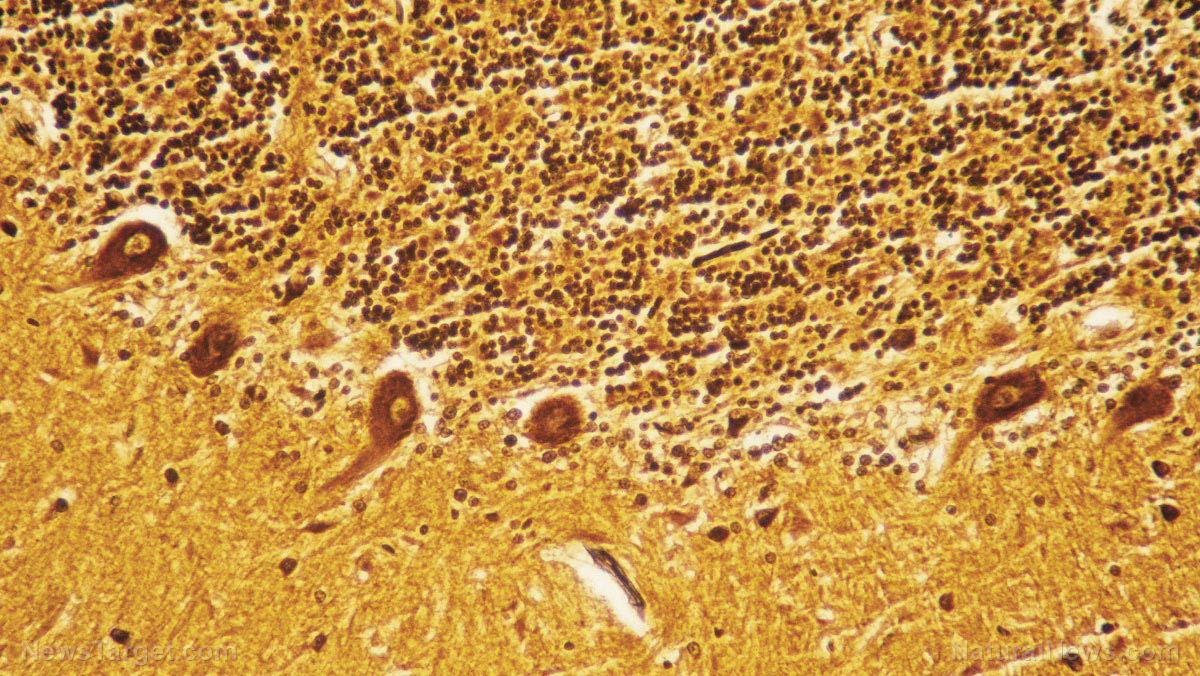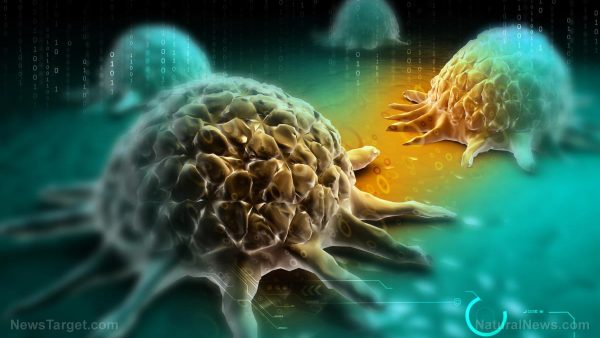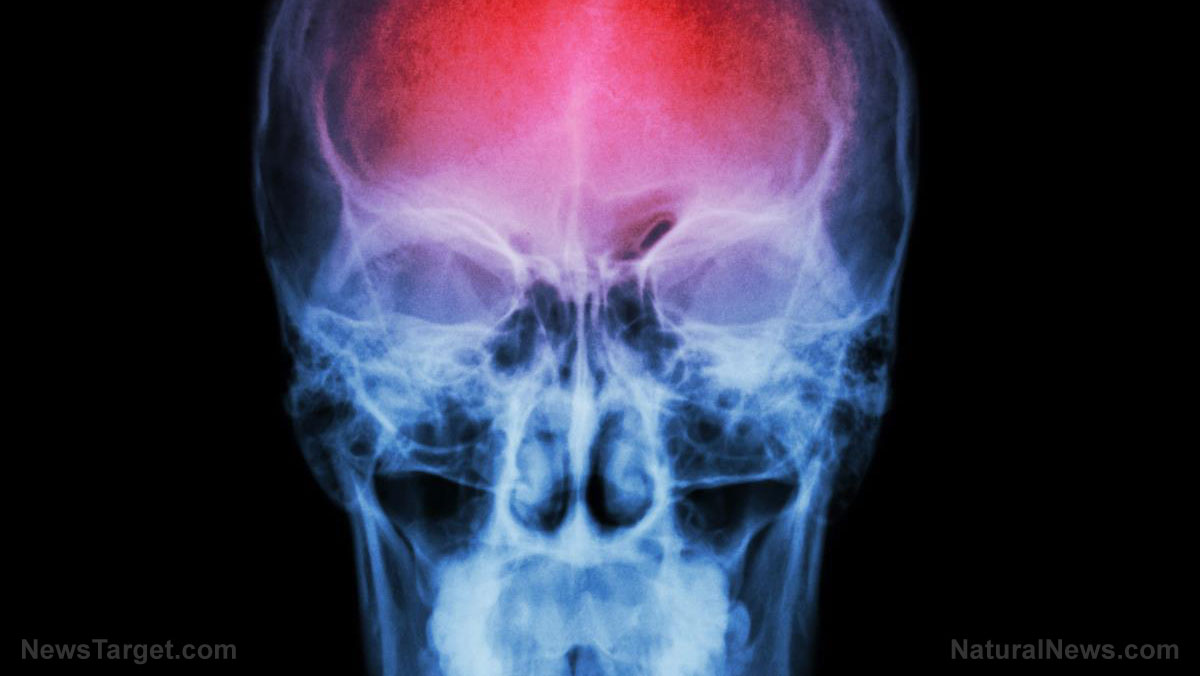Relief for trigeminal neuralgia using acupuncture
08/04/2018 / By RJ Jhonson
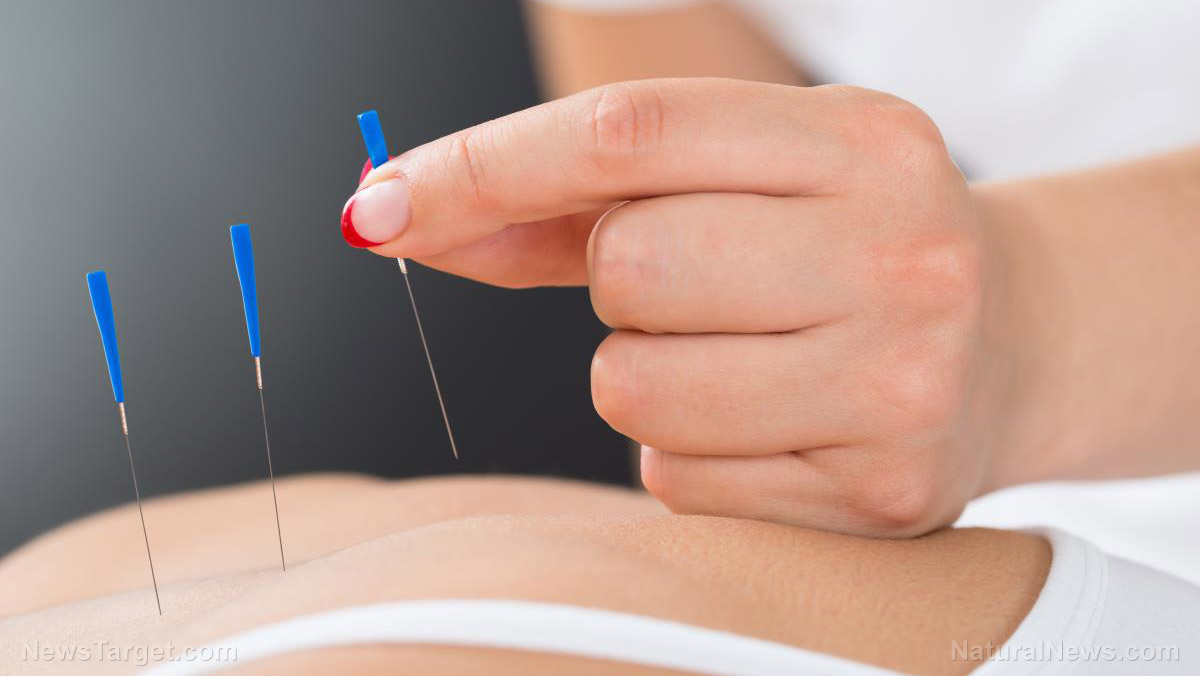
Nerve conditions are a little tricky to explain to others, especially to those who don’t have them. Take, for example, trigeminal neuralgia (TN) – a condition that causes excruciating pain on the face even from otherwise gentle, painless stimuli. The lack of any concrete medical treatment makes prospects more harrowing for its sufferers, but thankfully, alternative treatments like acupuncture show immense promise.
Treating trigeminal neuralgia with acupuncture
The ancient art of acupuncture seeks to bring balance to one’s chi or life energy. This description may be a tad too fancy for some people, but the benefits of acupuncture are actually backed by science. In fact, the practice is known as a potent treatment for pain – modern research calls it effective against peripheral neuropathy which, like TN, is a type of neuropathic pain.
The following acupuncture points are utilized for TN:
- Tai Yang (Supreme Yang)
- LI7 (Wenliu, Warm Flow)
- LI4 (Hegu, Joining Valley)
- ST7 (Xiaguan, Lower Controller)
- DU20 (Baihui, Hundred Meetings)
- Yin Tang (Hall of Impression)
- GB20 (Fengchi, Wind Pool)
- ST6 (Jiache, Jaw Bone)
Unlike chemical medication, acupuncture is not known to cause any adverse side effect. This makes it ideal for patients who want to address their pain without the risk of other potential health problems.
What is trigeminal neuralgia?
Also called Fothergill disease, trigeminal neuralgia is a nerve disorder affecting the trigeminal or the fifth cranial nerve. This nerve is essential to sensations in the face and scalp, as well as movements in the face, mouth, and jaw. TN is a form of neuropathic pain.
The most distinct symptom of TN is stabbing, burning, or aching pain which, at its worst, can be physically and mentally incapacitating. It can be triggered by any vibration or contact with the face, even by a light breeze. Activities like brushing the teeth, smiling, talking, drinking, and shaving are also known triggers.
There are two types of TN: typical and atypical. Typical or Type 1 TN is characterized by attacks of sudden, sporadic, and extreme pain that lasts anywhere from a few seconds to a few minutes. These attacks can occur repeatedly over a period of up to two hours. Atypical or Type 2 TN is relatively less painful than Type 1 TN, but the sensation is constant. Some sufferers have both types, sometimes at the same time.
The pain typically occurs in just one side of the face, although in rare conditions, it may occur in both. TN’s symptoms are known to only rarely manifest when one is asleep.
The condition is attributed to impairments in the trigeminal nerve. In many cases though, it can be caused by pressure from a nearby blood vessel. The compression damages the myelin sheath or the coating around the neurons that make up nerves. In certain cases, the growth of a tumor may produce this compression.
TN is known to occur more often in people older than 40, but it can afflict anyone of any age. It is also more common in women.
While it is not fatal, the disorder can cause disruptions in one’s quality of life. For fear of an attack, most of its sufferers tend to avoid common activities or social interactions.
There are several approaches to treating TN. These include surgery and muscle relaxant and antidepressant drugs. However, they are known to be just partially effective. Surgery, for example, involves severing the nerve involved, with terrible repercussions, of course. Chemical medications, on the other hand, merely mask the pain. Unfortunately, TN is a chronic disease, which means it lingers and can worsen with time.
Find other natural treatment for neuropathic pain at Remedies.news.
Sources include:
Tagged Under: acupuncture, acupuncture pain relief, alternative medicine, alternative treatment, chronic pain, natural remedies, neuropathic pain, neuropathy, research, traditional Chinese medicine, trigeminal nerve, Trigeminal neuralgia







